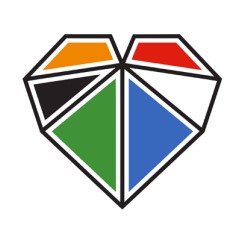Communication Skills for a Call Taker
exp date isn't null, but text field is
Recap of Day One
- Cabbage Ball Game
- Participants to peel outer leaf of the cabbage ball
- Respond to the question on the leaf
- Throw the cabbage ball randomly to fellow participants
- Discussion
Communication
- Imparting or exchanging of information by speaking, writing, or using some other medium.
- Means of sending or receiving information, such as telephone lines or computers
- Communication is simply the act of transferring information from one place, person or group to another.
Communication Process
- Every communication involves (at least) one sender, a message and a recipient.
- Transmission of a message from sender to recipient can be affected by a huge range of things. These include
- Emotions
- Cultural situation
- The medium used to communicate
- Location.

- Refers to the exchange of information or a message between two or more people.
- For communication to succeed, both parties must be able to exchange information and understand each other.
- If the flow of information is blocked for some reason or the parties cannot make themselves understood, then communication fails.
- The Sender
- The communication process begins with the sender, who is also called the communicator or source.
- The sender has some kind of information(a command, request, question, or idea) that he or she wants to present to others.
- For that message to be received, the sender must first encode the message in a form that can be understood, such as by the use of a common language or industry jargon, and then transmit it.
- The Receiver
- The person to whom a message is directed is called the receiver or the interpreter.
- To understand the information from the sender, the receiver must first be able to receive the sender's information and then decode or interpret it.
- The Message
- The message or content is the information that the sender wants to relay to the receiver.
- The Medium
- Also called the channel, the medium is the means by which a message is transmitted.
- Text messages, for example, are transmitted through the medium of cell phones.
- Feedback
- The communication process reaches its final point when the message has been successfully transmitted, received, and understood.
- The receiver, in turn, responds to the sender, indicating comprehension.
Barriers to Effective Communication
- Noise
- Lack of planning
- Wrong / unclarified assumption
- Cultural barriers
- Emotions
- Filtering
- Poor listening
- Information overload
- Time
- Distance
Effective Call Handling Activity
- Draw my house
- 3 similar semidetached houses
- Middle house double size of the other 2 and slightly in front
- All houses have a cone shaped roof with a chimney on the right side of the roof
- All houses have 2 windows one on top of the other on the left side with a door on the right side
- The sun is shining at 1 o’clock
- 2 clouds on each side of the house
- 6 birds in 2 rows flying at 11 o’clock
- 2 clouds one on top of the other at 10 o’clock

Effective Call Handling – Key Notes
- Effective call handling is a matter of getting the facts and knowing what to do with them.
- With skilled questioning, a call taker can grasp a caller’s needs very quickly while also engaging them in a pleasant conversation.
